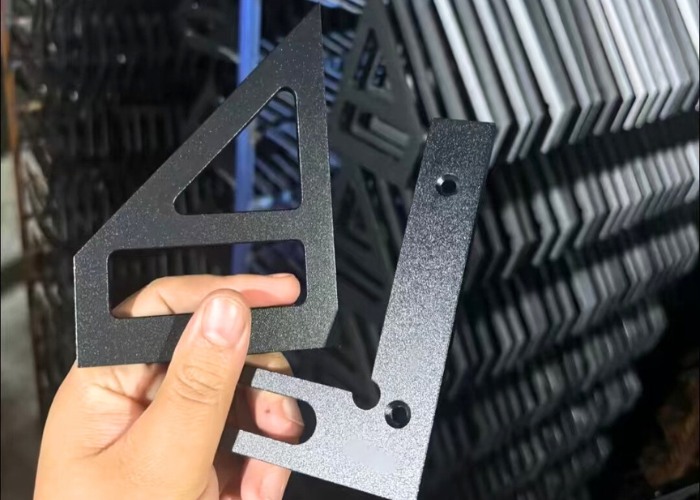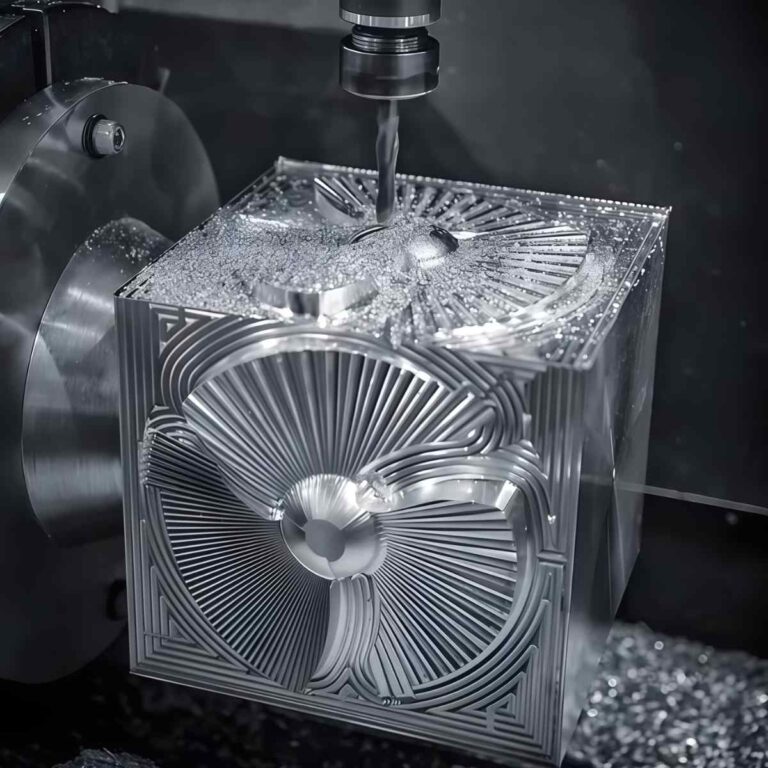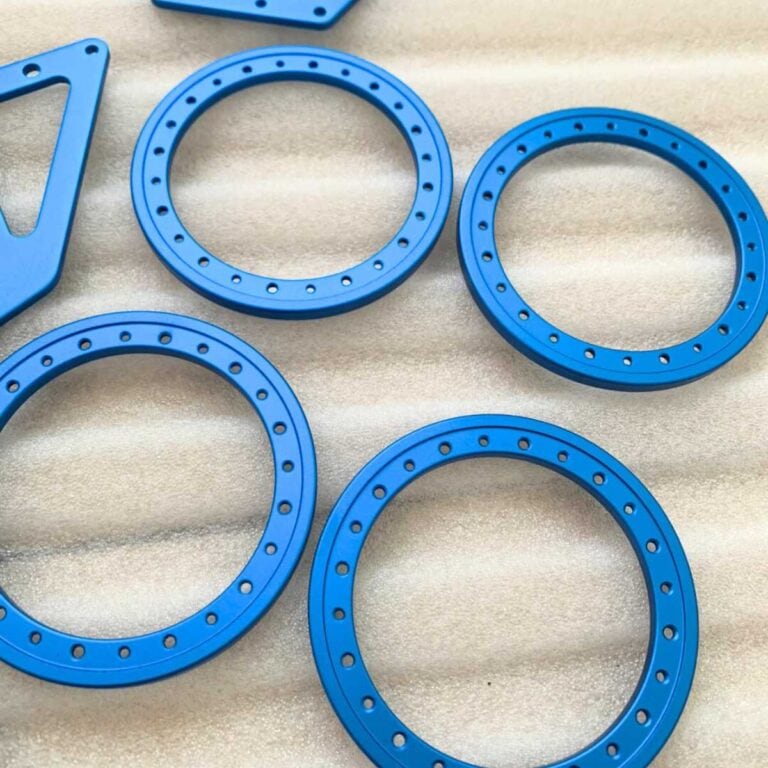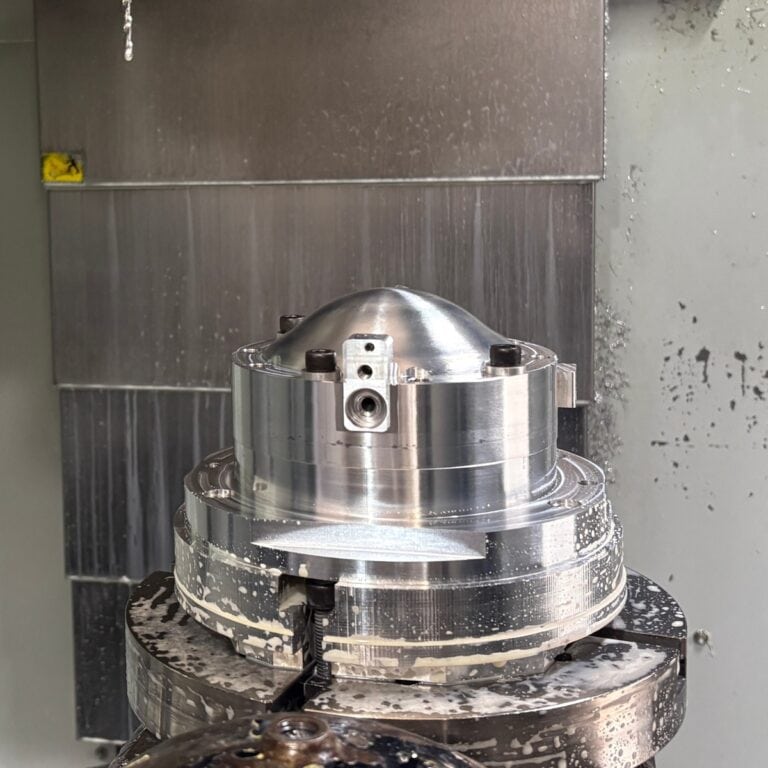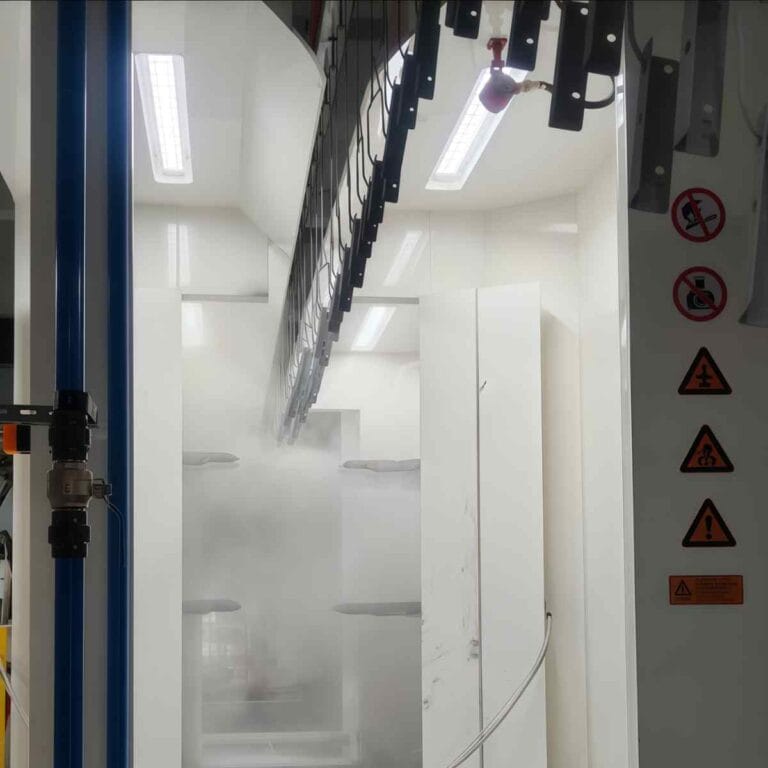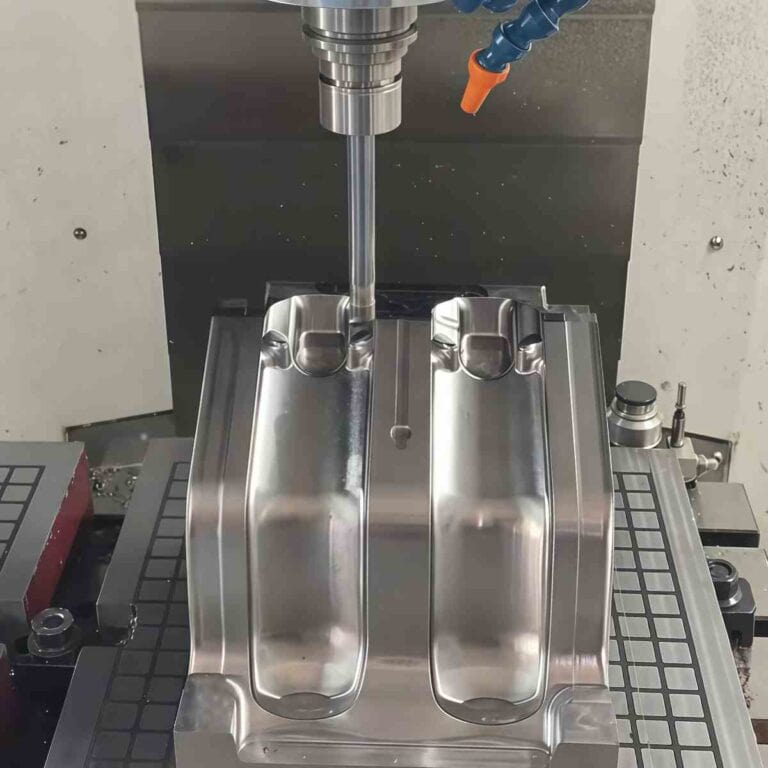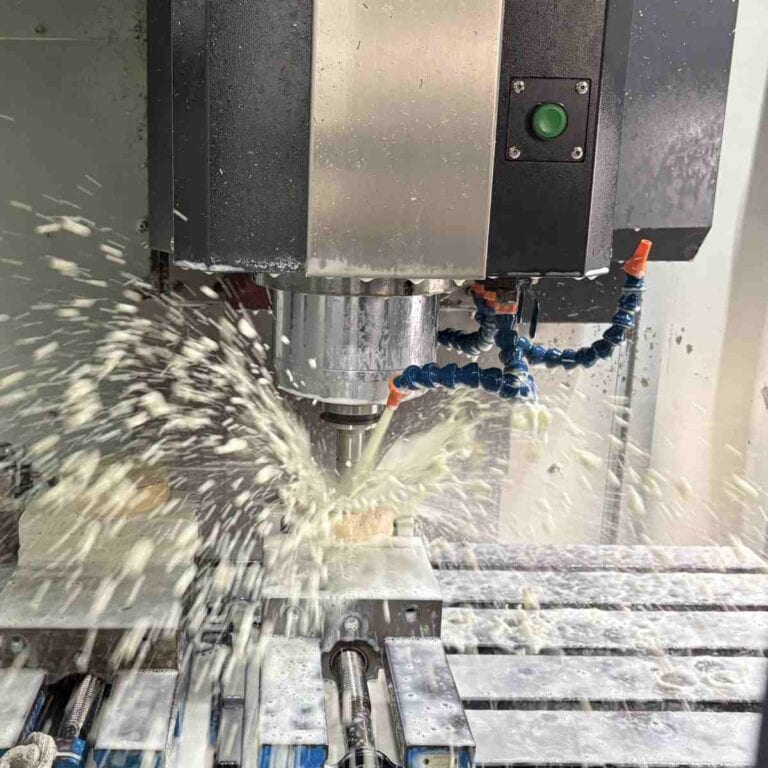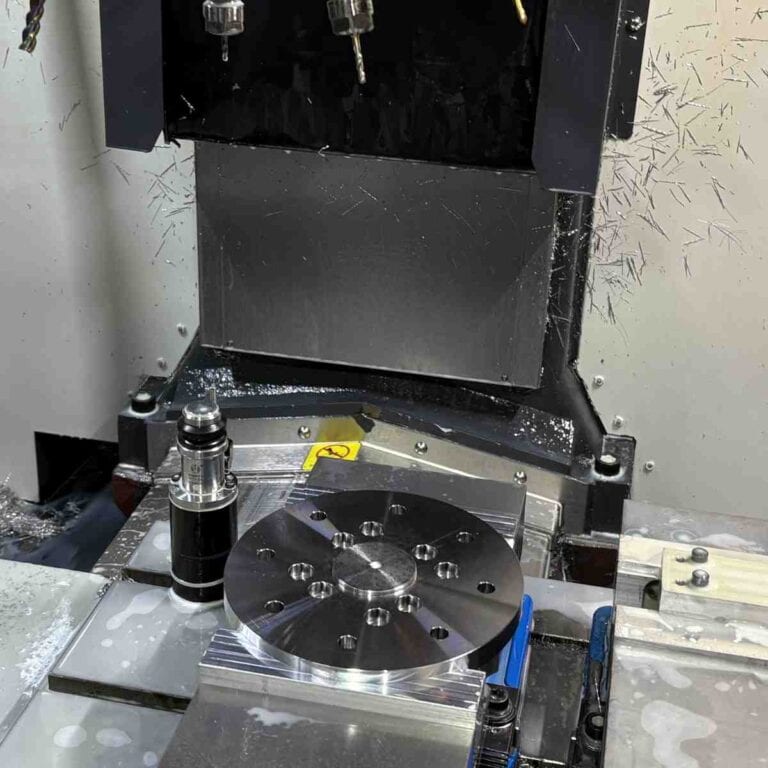Think about an extremely complex metal or plastic part that is finely detailed. Have you ever wondered how they get so perfect? The secret often lies in CNC milling, a truly extraordinary process at the heart of modern manufacturing.
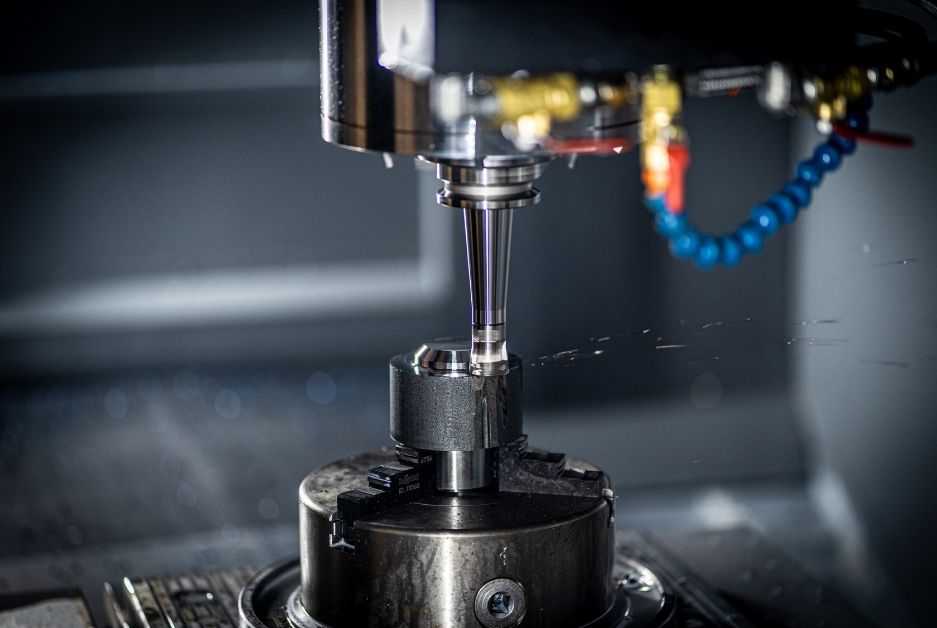
What is Precision CNC Machining? The Art of Subtraction
At its core, CNC milling is a subtractive manufacturing process. This fancy term just means we start with a block of raw material, and then we carefully remove bits until we’re left with the exact part we want. Imagine it like sculpting, but instead of chipping away at stone by hand, we’re using computer-controlled tools to precisely carve away material from a fixed workpiece.
Now, you might have heard of regular CNC machining, but precision CNC machining takes things to a whole new level of accuracy. We’re talking about achieving incredibly tight tolerances, sometimes as fine as ±0.0002” (±0.00508 mm) to ±0.0005” (±0.0127 mm), and even better, like ±0.0002 inches (±0.00508 mm) to ±0.002 inches (±0.0508 mm).
You might ask, why do we place so much importance on precision? Because in many industries, precision can make or break performance. In medical implants, precision isn’t optional; it’s a matter of osseointegration success. In aerospace, it’s the difference between a turbine blade that lasts 10,000 hours versus catastrophic failure. This level of precision ensures the quality and reliability of the end product.
So, Let’s explore the ins and outs of this amazing technology!
The Step-by-Step Process of CNC Precision Machining
So, how does this top technonogy happen? Let’s break down the journey of a part from idea to reality.
Design and CAD Modelling
First things first, it all starts with a digital blueprint. A skilled engineer uses special software called CAD (Computer-Aided Design) to create a detailed 3D model of the part. This isn’t just a pretty picture; it includes all the crucial information like dimensions, tolerances, and specific features. It’s like drawing up incredibly detailed plans before building anything. And here’s a handy tip: thinking about how the part will actually be made – something called Design for Manufacturability (DMF) – right from the start can save a lot of headaches later on!
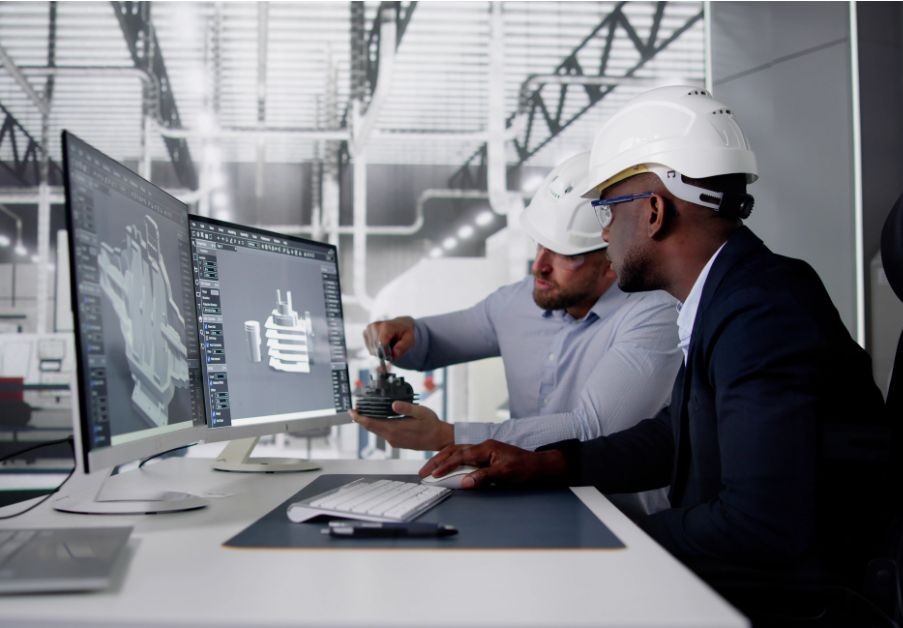
CAM and CNC Programming
Next, this digital design needs to be translated into instructions that the CNC machine can understand. That’s where CAM (Computer-Aided Manufacturing) software comes in. It takes the CAD model and figures out the best way for the cutting tools to move to create the desired shape. This involves generating tool paths and then turning them into a special code called G&M code, which is essentially the language the CNC machine speaks. The CAM software can even simulate the cutting process to make sure everything runs smoothly and to minimise any potential errors.
CNC Machine Setup
Now it’s time to get the actual machine ready. This involves selecting and installing the right cutting tools (things like end mills, drill bits, and face cutters). These need to be chosen carefully depending on the material and the shape we want to create. Just as important is workholding and fixturing, which is how we securely clamp the raw material onto the machine. Both the tool and the workpiece need to be held incredibly stable to achieve that final precision.
Machining the Part
With everything set up, it’s time for the main event! The CNC machine reads the programmed instructions and gets to work. It moves the cutting tools with incredible precision, carefully removing material to shape the raw stock. The CNC operator might manually set some parameters like spindle speed, feed rate, and depth of cut, and sometimes these need a bit of testing and fine-tuning to get everything just right. You’ll often see coolant being used during this process to keep things cool and help remove chips of material.

Post-Processing and Finishing
Once the machining is done, the part might still have some imperfections, like tool marks, burrs (those little sharp edges), or loose chips. Post-processing is all about tidying things up. This can involve deburring techniques to remove those sharp edges, and finishing strategies like grinding, sandblasting, electroplating, or polishing to improve the surface quality and how it looks.
Materials Used in CNC Precision Machining
CNC precision machining is pretty versatile when it comes to materials!
- Metals: This is a big one! CNC machining can handle a wide range of metals, no matter how hard or strong they are. Common examples include aluminium, steel, stainless steel, copper, brass, bronze, titanium, Inconel, and Monel. When working with metals, you need to consider things like how hard they are (which might require special diamond-coated tools) and how they react to heat (thermal expansion), so efficient cooling is often needed. Of course, the cost of the material is also a big factor in the overall project.
- Plastics: CNC can also work with both basic and engineered plastic materials, achieving good dimensional accuracy and smooth finishes. Common plastics include ABS, polycarbonate, PMMA, POM, and polyamide (Nylon) PEEK. Plastics can be a bit sensitive to heat, so production speeds might be a bit slower than with metals. Standard carbide cutting tools are usually used for plastics.
- Other Materials: You can even machine other materials like composites, wood, and foams.
The best material to choose really depends on what the final part needs to do and the environment it will be used in.
Advantages of High Precision CNC Machining
So, why is everyone so keen on precision CNC machining? Let’s look at some of the big benefits:
- Complexity and Intricate Designs: It can handle really detailed and complex parts with ease.
- Tight Tolerances: Achieves incredibly small tolerances, meaning parts fit together perfectly.
- Smooth Surface Finishes: Delivers exceptionally smooth surfaces, and you can even get custom finishes.
- Consistency and Repeatability: Produces identical parts every single time, whether you need one or a million. This is super important for large production runs.
- High-Class Machining Technology: Uses state-of-the-art equipment that aligns with modern manufacturing standards.
- Extensive Range of Applications: Works with a wide variety of materials and across many different industries.
- Reliable Part Quality: Computer control eliminates the variations you might see in traditional manual machining.
- Reduced Cycle Times and Lower Labour Costs: Enhanced automation and programming mean faster production and less need for lots of manual operators.
- Improved Workflows from Prototyping to Production: Makes it easy to quickly create prototypes and then smoothly move into full-scale production.
- Reduced Material Waste: Optimised material removal processes mean less scrap.
- Safety: Automating processes reduces the need for humans to be involved in potentially hazardous operations.
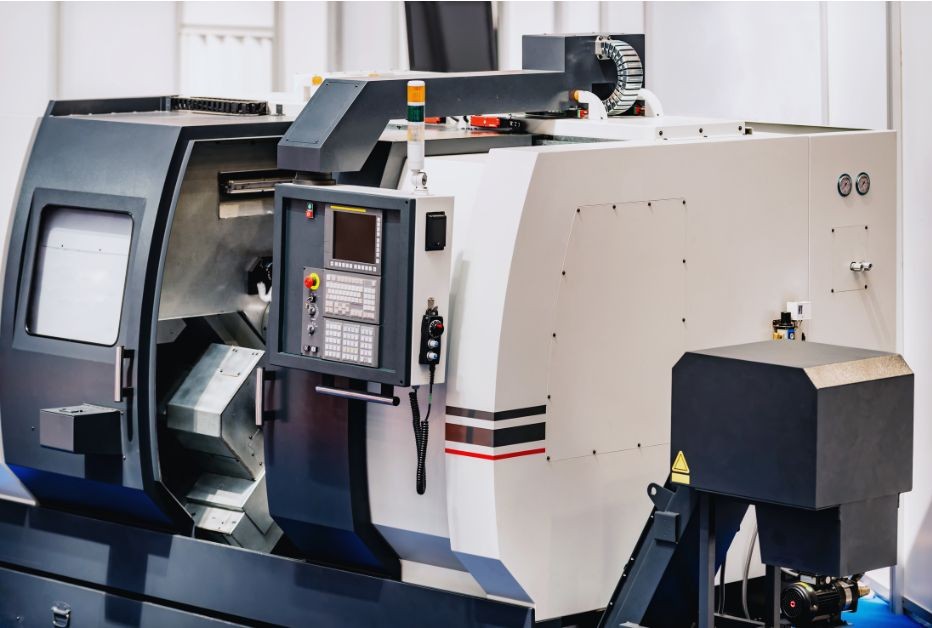
Applications of Precision CNC Machining Across Industries
You’ll find precision CNC machining playing a vital role in a huge range of industries:
- Aerospace: Critical for creating highly precise and reliable components like landing gear parts, engine components, and fuel access panels.
- Medical: Essential for regulated medical devices with tight tolerances, such as surgical instruments, implants, orthotics, and MRI scanners.
- Automotive: Used to develop quality prototypes and precise components like custom brackets, engine parts, and shock absorber mounts.
- Electronics: Manufacturing compact and powerful components with tight tolerances, including housings, heat sinks, circuit boards, and connectors.
- Military & Defense: Meeting high precision and durability standards for various components like ammunition, communication parts, and plane parts.
- Energy: Producing robust components for harsh environments, such as pistons, rods, and cylinders for pipelines and mining.
- General Industry: Wide-ranging applications from fluid and air controls to motion control and valve components.
- Consumer Goods: Manufacturing things like housings and chassis for electronics.
Choosing the Right CNC Precision Machining Partner
If you’re thinking of using CNC precision machining for your project, choosing the right partner is key. Here are some things to consider:
- Technical Capabilities: Do they have the advanced CNC machines (like multi-axis and EDM) and the quality control equipment you need?
- Experience and Industry Expertise: Have they worked on similar projects in your specific industry?
- Machining Tolerances Offered: Can they meet your required precision levels?
- Quality Certifications: Look for certifications like ISO 9001 or AS9100, which show they adhere to high quality standards.
- Prototyping and Scalability: Can they handle prototyping and also scale up to larger production volumes if needed?
- Case Studies and Testimonials: Have a look at their past work and what other clients have said.
- Requesting a Quote (RFQ): Be sure to provide detailed information about your project to get an accurate estimate.
If you are still looking for a reliable CNC precision machining partner, or are still hesitating in the selection, you might as well contact Tirapid. As a leading CNC precision machining unit in China, our rich and professional machining experience can fully enable you to obtain the desired high-precision parts within a time beyond your expectations. Moreover, the entire cooperation process is very smooth and pleasant.

Conclusion: The Power of Precision in Modern Manufacturing
So there you have it! CNC precision machining is a truly powerful technique that allows us to create incredibly accurate and complex parts. Its ability to achieve tight tolerances, smooth finishes, and consistent results makes it indispensable across a huge range of industries. Whether it’s ensuring the safety of aircraft or the effectiveness of medical implants, precision is paramount, and CNC machining delivers. When you need that perfect fit and unwavering reliability, choosing the right CNC machining partner is the key to unlocking these incredible capabilities.
Ready to see what precision CNC machining can do for your next project? Don’t hesitate to reach out and explore the possibilities!
Frequently Asked Questions (FAQ)
- What is the difference between CNC machining and precision machining? CNC machining is the automated process using computer-controlled tools, while precision machining focuses on achieving very tight tolerances and high accuracy.
- How accurate can CNC machining be? CNC machining can achieve tolerances as tight as ±0.001 inches (±0.025 mm) or even better, depending on the machine and material.
- What are the types of CNC precision machines? Common types include CNC milling machines, lathes, EDMs, plasma cutters, and grinders.
- What is CNC precision machining used for? It’s used to manufacture high-accuracy components in industries like aerospace, automotive, medical, and electronics. Examples include engine parts, surgical instruments, and electronic housings.
- Is CNC precision machining expensive? While the initial cost might be higher than traditional methods due to the advanced technology, the long-run benefits of speed, efficiency, and reduced waste can lower the per-part cost.

